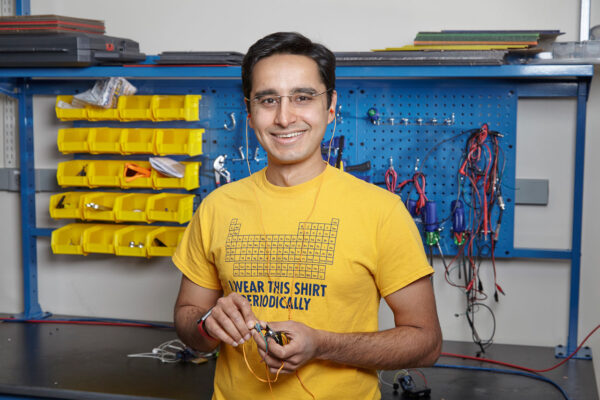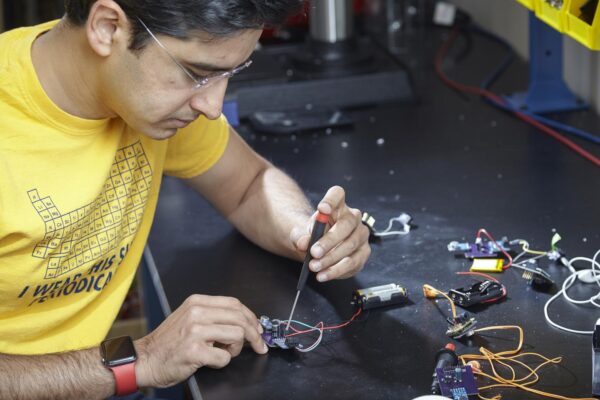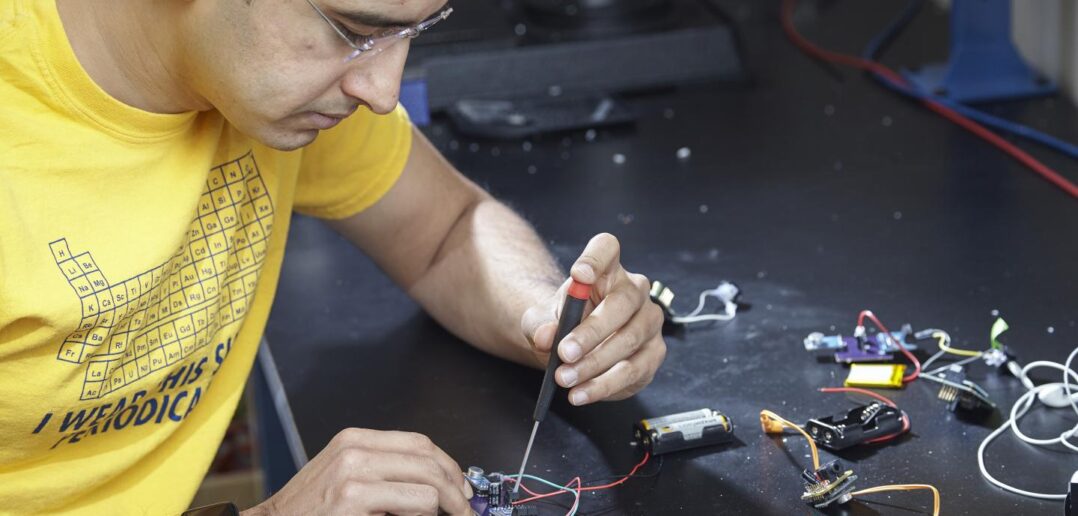Saad Bhamla, an Assistant Professor at the Georgia Institute of Technology whose research concentrates on frugal technology, and his team have developed a proof of concept hearing aid designed to be cost-effective and easily made and repaired. The device, called the LoCHAid, is made of easily accessible parts and runs on common AA or lithium ion coin-cell batteries.
Hearing aids function by amplifying sounds at the precise frequencies which a person struggles to hear. As we age, our capacity to perceive high frequency sounds diminishes. Thus, devices such as the LoCHAid, which can boost the volume of high-pitched noises by up to 15 decibels without altering the volume of lower-pitched sounds, are vital to preserving the quality of life of elderly people. A sense of hearing is instrumental in social interaction and preventing the isolation elderly people frequently face. However, the cost of such assistive technology can often present a barrier.

According to the World Health Organisation, around 466 million people worldwide have hearing loss, but only 17% of those who would benefit from a hearing aid use one. The greatest disparity in hearing aid use occurs in low- and middle-income countries, where conventional hearing aids can be “practically a luxury item”, Bhamla said.
The LoCHAid was inspired by Bhamla’s experience of trying to buy hearing aids for his grandparents when he was an undergraduate in Mumbai, India.
“I thought owning a laptop and a cellphone meant I had the means to buy hearing aids, but then I realized how expensive they were,” he said. “It was sobering.”
If produced in bulk, the LoCHAid would cost just $1 to make. However, using the researchers’ freely available blueprints and a soldering iron, the device can be assembled in under thirty minutes at home for the cost of $15-$20.

The hearing aid is still undergoing improvements to make it more long-lasting, customisable and smaller, but nonetheless the concurrent sophistication (it is able to filter out interference and sudden, loud noises) and affordability of LoCHAid shows great promise.
Soham Sinha, a researcher who contributed to the project as an undergraduate and is currently working on a PhD at Stanford University, was motivated by his personal background.
“I was born with hearing loss and didn’t get hearing aids until I was in high school,“ said Sinha. “This project represented for me an opportunity to learn what I could do to help others who may be in the same situation as me but not have the resources to obtain hearing aids.”




